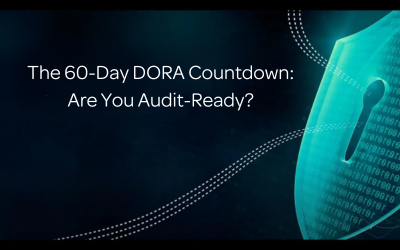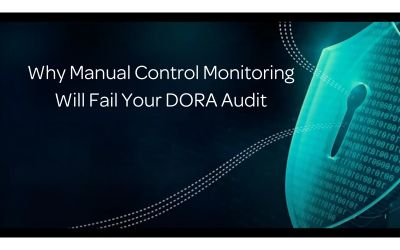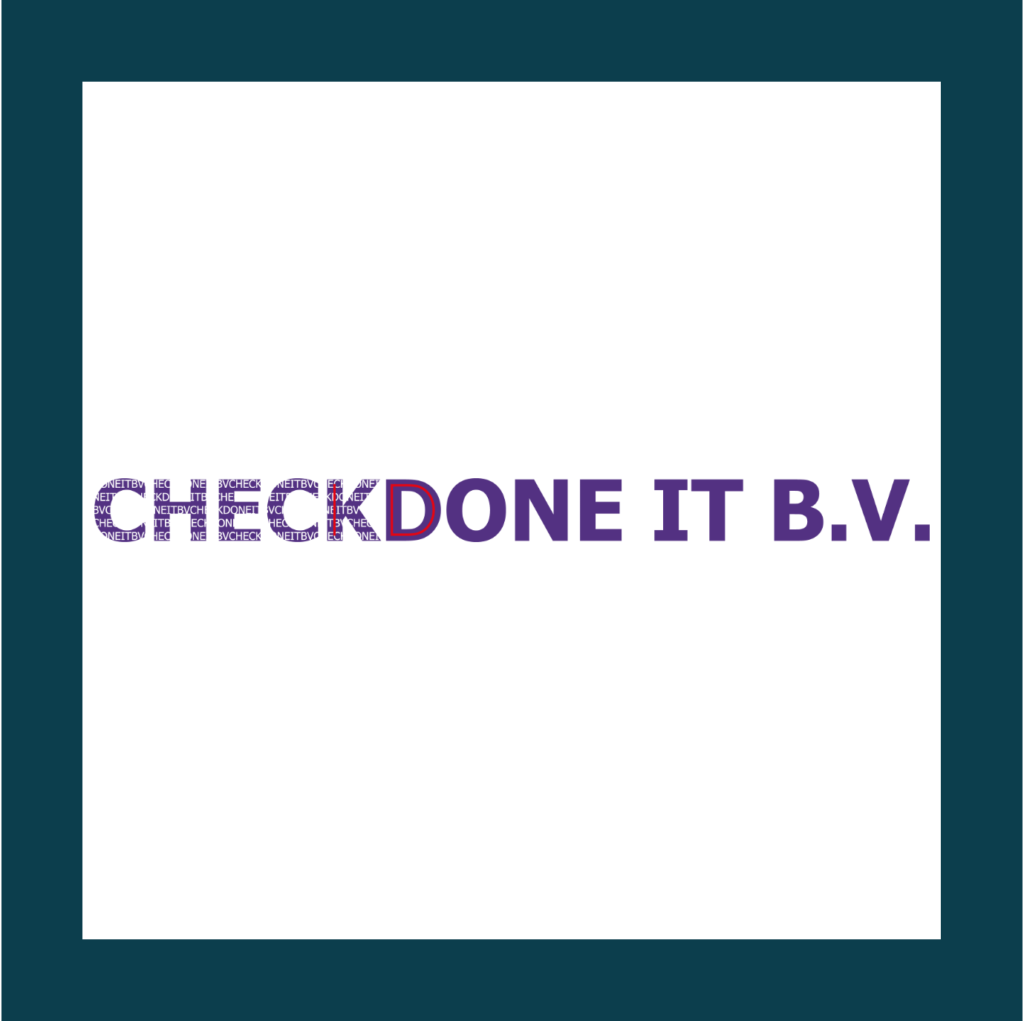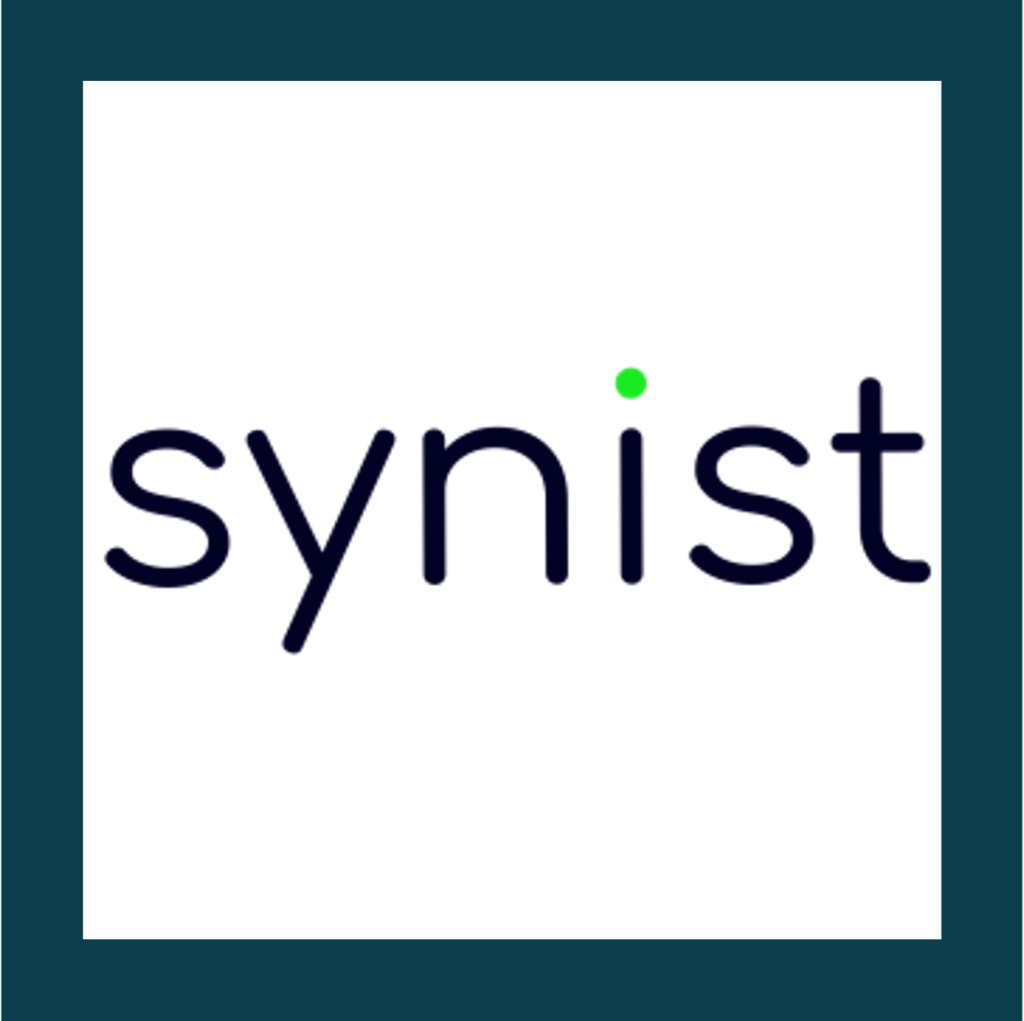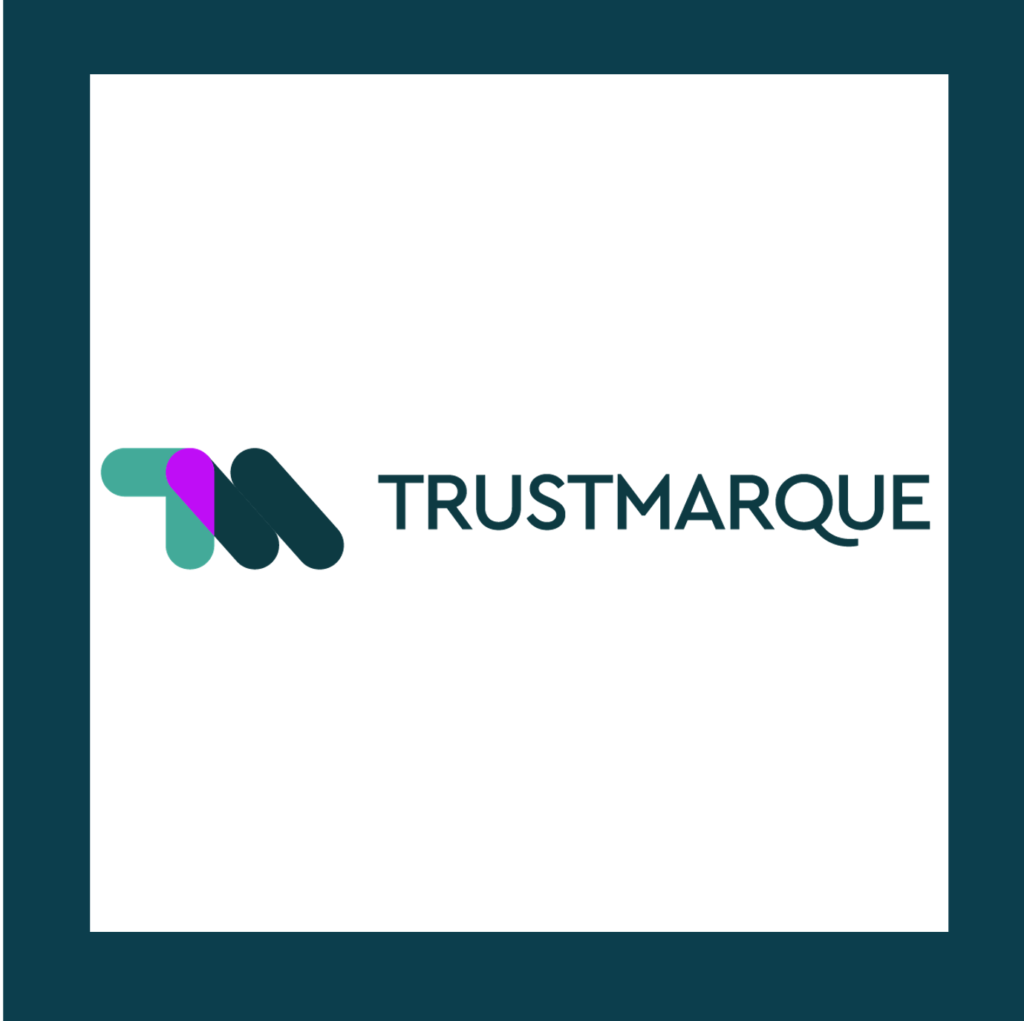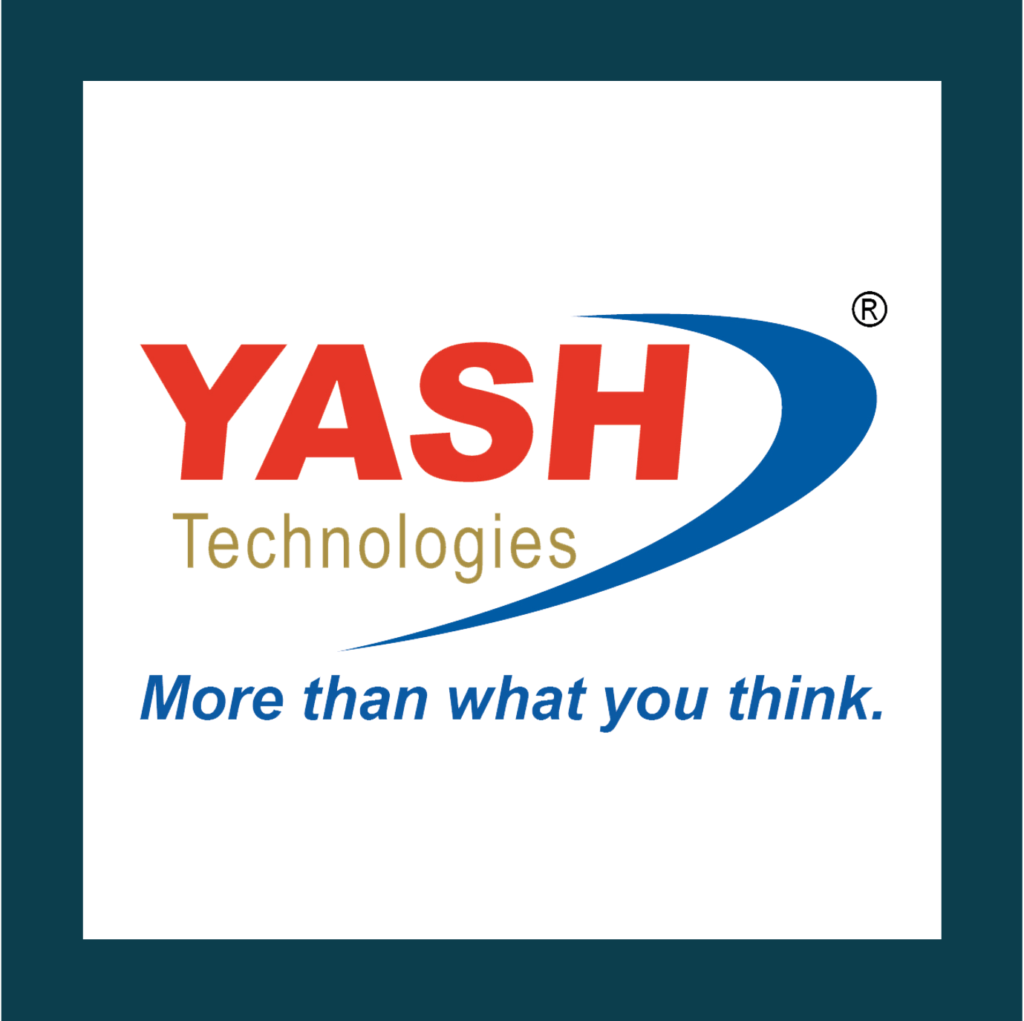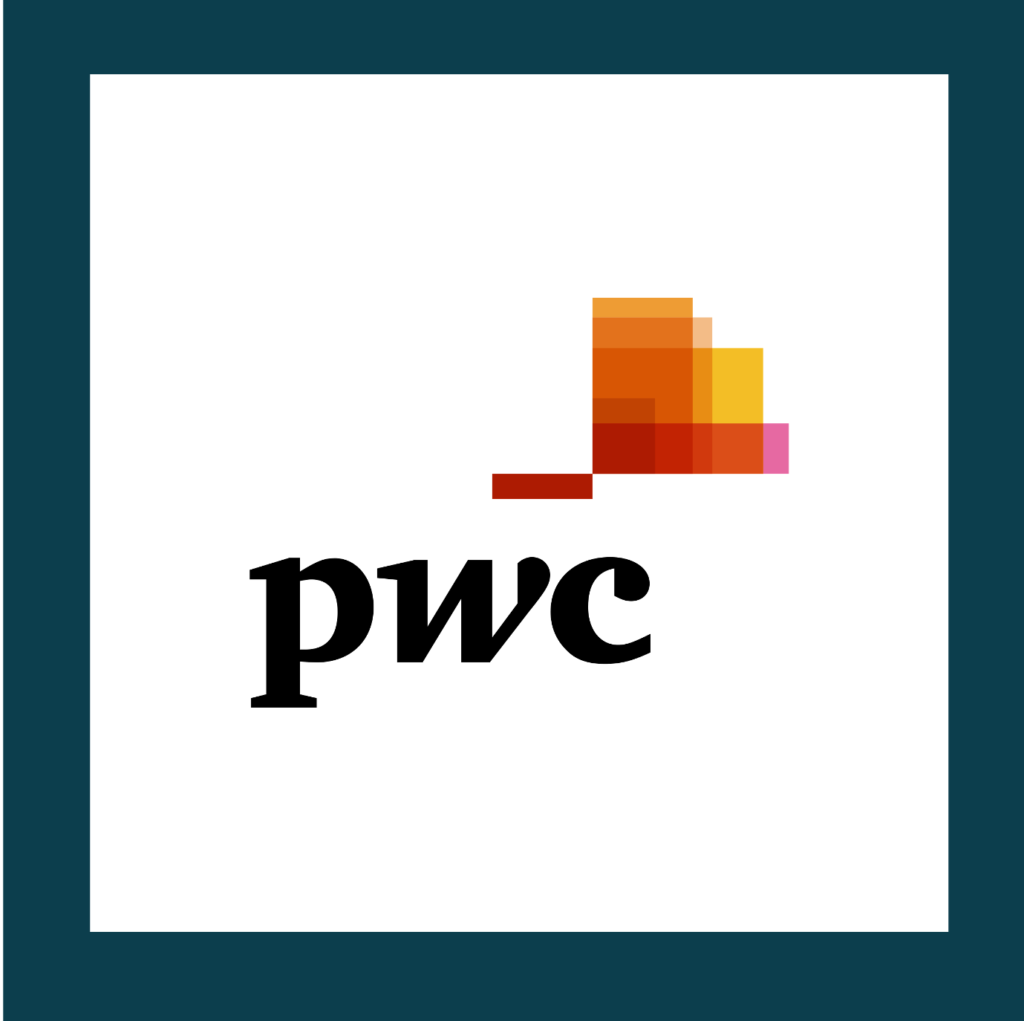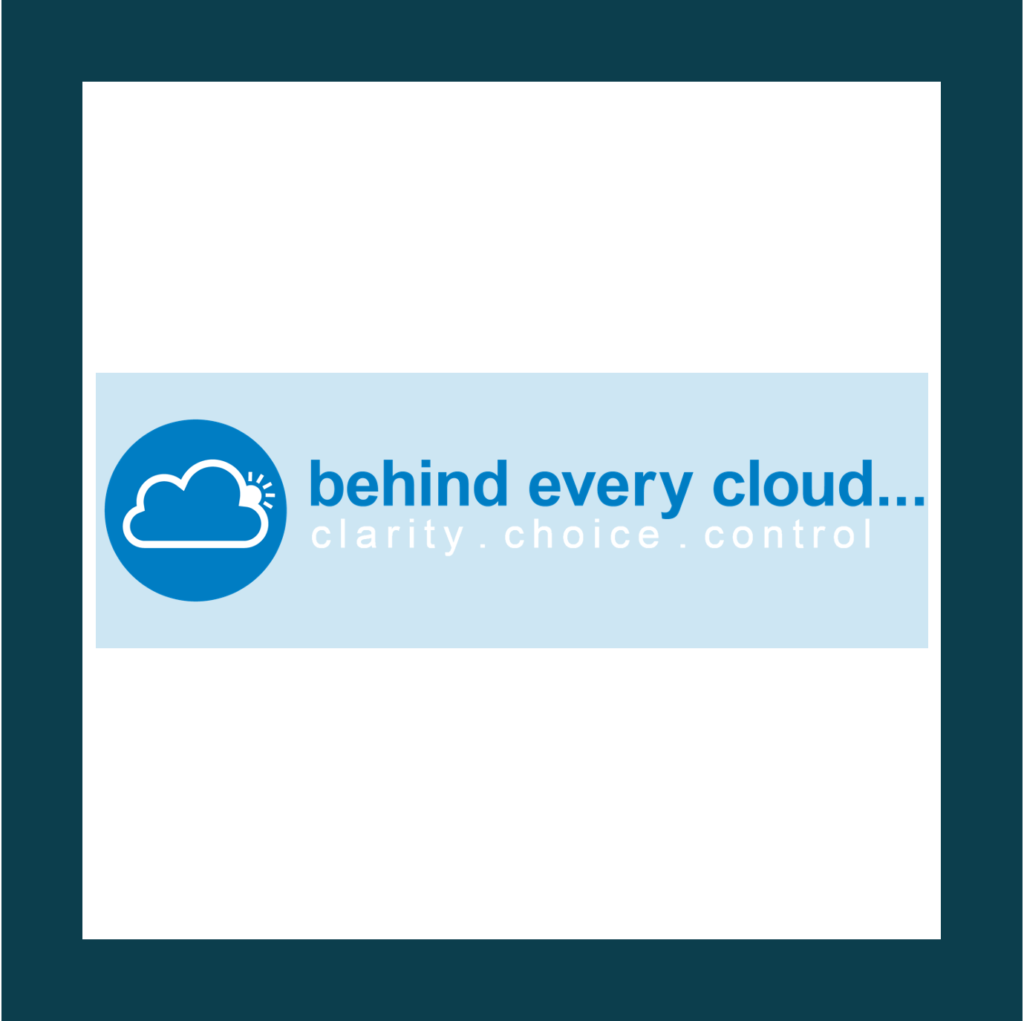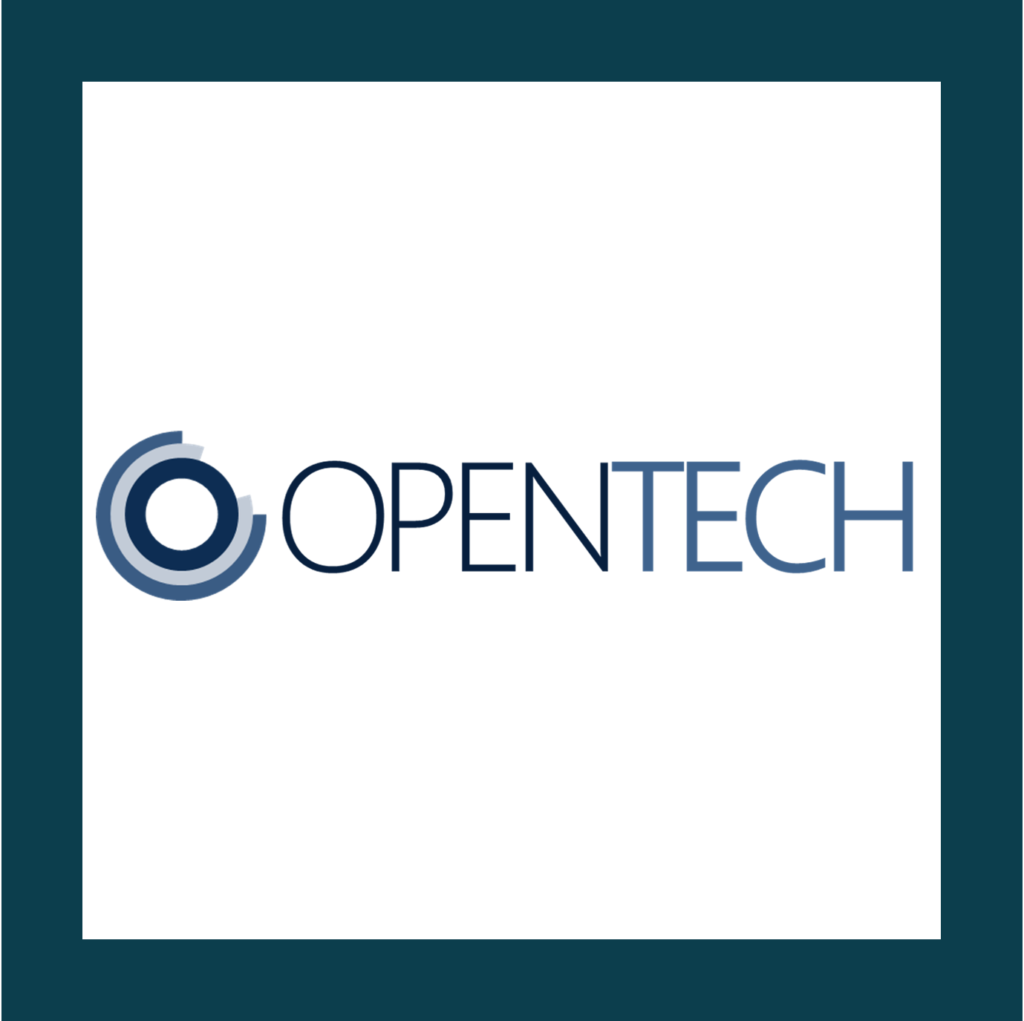Insurance organisations sit on a goldmine of sensitive data: policyholder PII, payments, medical and claims histories, actuarial models, partner integrations, and more. That makes insurers a high-value target for ransomware and data-theft crews—and it’s why the sector is steadily moving from point-in-time audits to Continuous Controls Monitoring (CCM).
The risk picture: frequent and costly
In 2024, 65% of financial services organisations were hit by ransomware, and the mean cost to recover in this sector reached $2.58M per incident. While that “financial services” bucket includes banks, insurers are squarely inside it—and the operating model (highly connected, data-rich, third-party heavy) looks the same. In short: frequency is high, and recovery is expensive.*1
Zooming out from ransomware to any data breach, the average cost in financial services climbed to $6.08M in IBM’s 2024 dataset—well above the global average—reinforcing that even non-ransom incidents are materially painful in this industry. *2
A simple, defensible ROI for Continuous Controls Monitoring
To keep the math honest, use sector numbers insurers actually recognise:
- Probability (P) of ransomware in a year: 0.65 (65%).
- Average loss per incident (L): $2.58M (mean recovery cost).
- Annualised Loss Expectancy (ALE):
ALE = P × L = 0.65 × $2.58M = $1.677M. - Assumed CCM impact: 60% reduction (via faster detection of control drift, earlier containment, better backup/restore posture).
Risk avoided = $1.677M × 0.60 = $1.006M. - Annual CCM cost: $100K.
- ROSI: (1.006M–0.1M)/0.1M(1.006M – 0.1M) / 0.1M(1.006M–0.1M)/0.1M × 100 = ≈ 906%
→ Roughly $10.06 saved per $1 spent.
These inputs come straight from the latest financial-services ransomware study (frequency and recovery cost), applied conservatively to a control-effectiveness assumption you can defend with board-level logic. *3
Why CCM fits insurance operating reality
1) Real-time proof your controls actually work
Insurers depend on a sprawling control set: MFA coverage, email authentication, endpoint protection, privileged access, encryption, segmentation, backup immutability, third-party access rules, data-loss prevention—the list is long and changes daily. CCM continuously validates each control, flags drift within hours (not next quarter), routes fixes to the owner, and leaves an auditable trail.
2) Third-party and distribution exposure
Brokers, TPAs, MGAs, health networks, repair networks, and cloud/IT service providers all connect to insurer systems. CCM continuously checks least-privilege, conditional access, network boundaries, and data egress policies across those integrations—precisely where attackers look for soft spots.
3) Downtime = premium revenue at risk
If core policy, claims, billing, or contact-centre systems stall, the financial and reputational hit is immediate. CCM reduces dwell time and the odds of ransom-driven business interruption by catching the control failures that precede outages (e.g., an unprotected RDP rule or a missing EDR on a new VDI image). That’s how the model above turns into real avoided loss.
Compliance pressure is rising (and CCM helps)
For US insurers, NYDFS 23 NYCRR 500 continues to set the bar for financial-sector cybersecurity. DFS’ 2023 amendments tightened governance, incident reporting, and control expectations—making continuous proof of control performance far more valuable for examinations and enforcement readiness. Department of Financial Services+1
In the EU/EEA, DORA (in force since 17 January 2025) establishes a single, harmonized set of ICT-risk requirements for financial entities, explicitly including insurance and reinsurance. Continuous monitoring, incident management, third-party risk, and testing expectations all align naturally with CCM’s capabilities. Notably, sector bodies emphasize DORA as the overarching regime for financial entities relative to NIS2’s broader scope. EIOPAInsurance Europe
Bottom line: CCM doesn’t just help you avoid incidents; it simplifies audit readiness, shortens evidence cycles, and demonstrates “effective challenge” to regulators and boards.
What good looks like (business outcomes you can measure)
- Automation ensuring fewer material incidents: Reduced ransomware/BEC footholds through continuous validation of MFA, EDR, patching SLAs, and email authentication.
- Immediate detection and recovery: Mean time to detect/respond drops from weeks to hours; restores succeed more often because backup immutability and testing are continuously verified.
- Lower total cost of risk: Avoided loss (as in the ROSI) plus softer benefits—fewer vendor-risk exceptions, cleaner audits, and less rework.
- Board-level transparency: CCM turns technical posture into business metrics: % critical controls in-policy, exposure by business unit, trend to green, quantified risk reduction.
- Regulatory confidence- continuous compliance: Live, exportable evidence mapped to frameworks (e.g., NYDFS, ISO 27001, NIST 800-53) reduces exam friction and remediation churn.
- Visibility of Your Entire Ecosystem: Your single source of truth into your cyber, compliance and risk landscape.
- Real-Time Controls Visibility: Communicating the status of your controls via personalised reports, demonstrating your security, risk and compliance posture from board to operational level.
What does that mean for Insurers?
- Actionable Intelligence: Customised reporting for KRI/KPI measurements, including executive and board level reporting.
- Assurance of Accuracy: Automation provides you with the assurance of the data you receive.
- Business and cyber risk quantification: Automation provides you with the assurance of the data you receive.
- Audit Ready: Enhancing your security and compliance posture via monitoring continuously and correlating the information for your teams.
The result? Dramatically Reduced Business Risk
Enhancing your security and compliance posture via monitoring continuously and correlating the information for your teams.
Where to start
- Instrument the “big six”: MFA coverage, EDR presence, patch currency, backup immutability, email auth (SPF/DKIM/DMARC), and privileged-access hygiene.
- Map to regs from day one: Align CCM checks to DORA/NYDFS controls so every fix improves both security and compliance.
- Own the last mile: Define SLAs, owners, and escalation for failed controls; measure time-to-green and report it monthly to the exec risk committee.
- Prove the value: Track avoided incidents/downtime and show the ROSI trend vs. your $100K investment.
Insurers don’t just need more data—they need continuous, trustworthy proof their defences hold up. That’s exactly what CCM delivers: fewer surprises, faster recovery, cleaner audits, and a business case the CFO can back.
Find out more about Continuous Controls Monitoring here.





